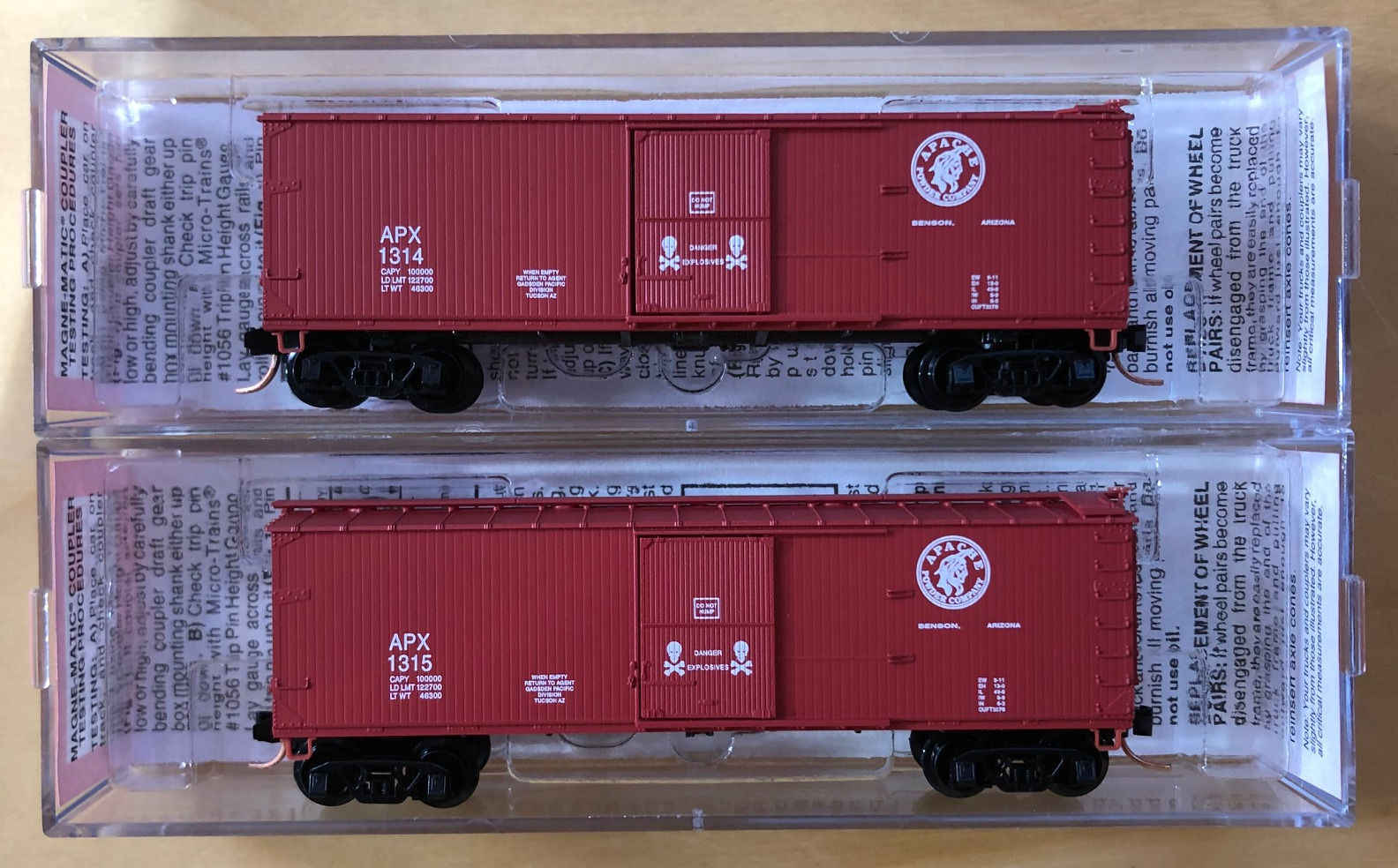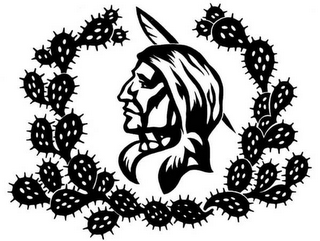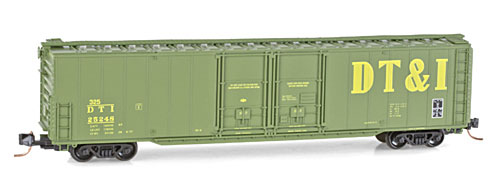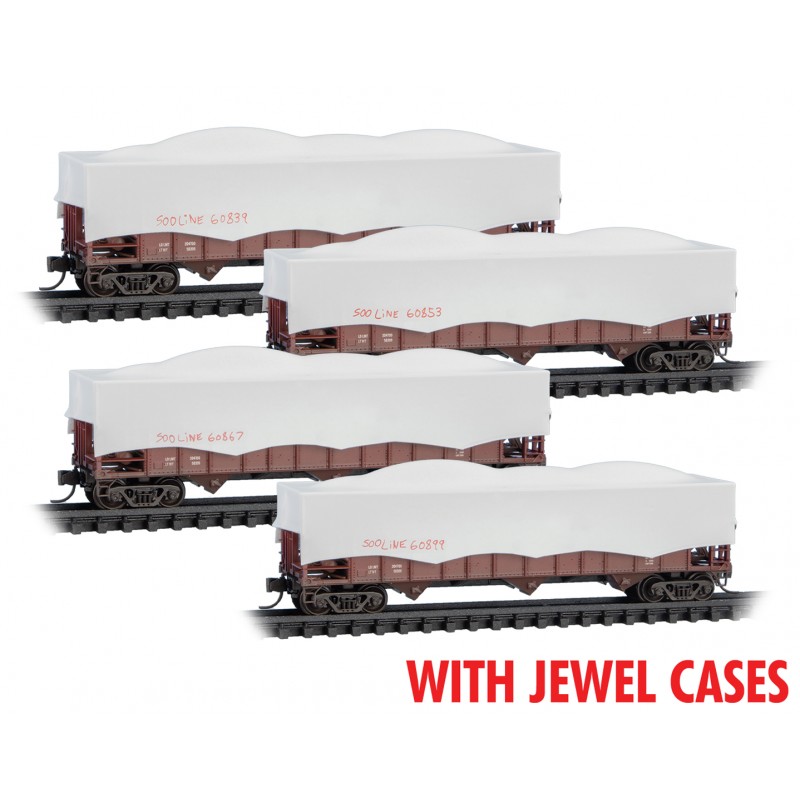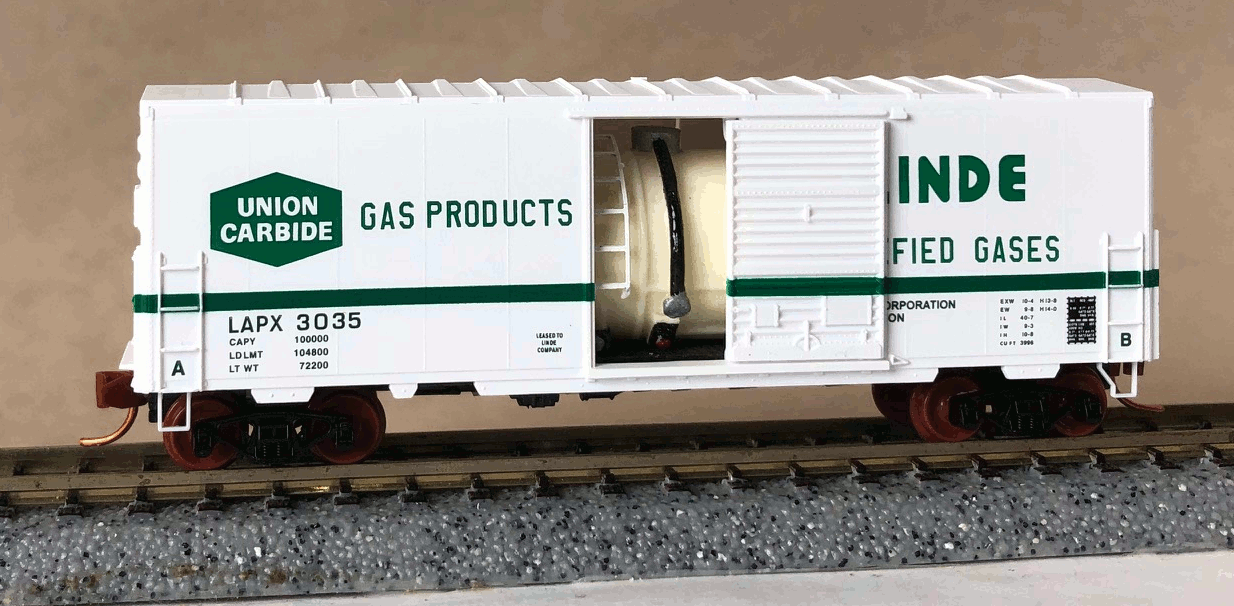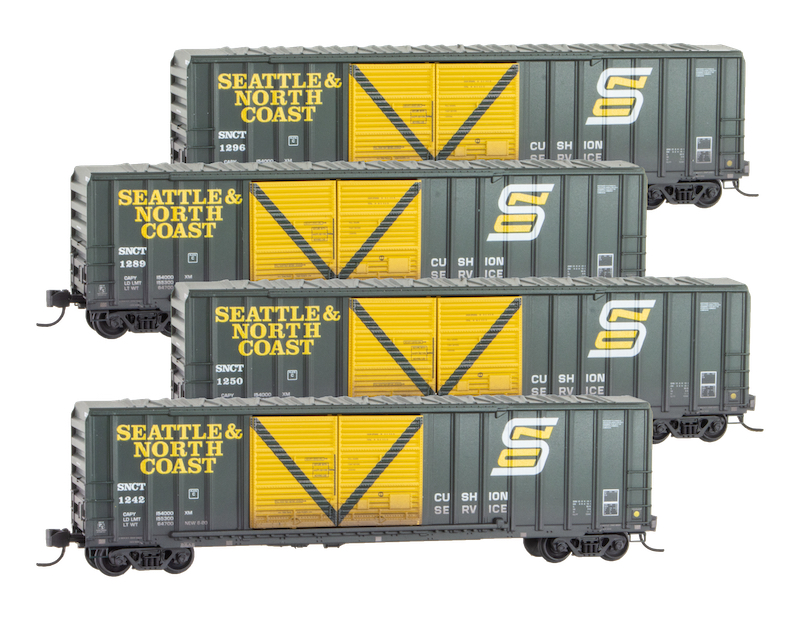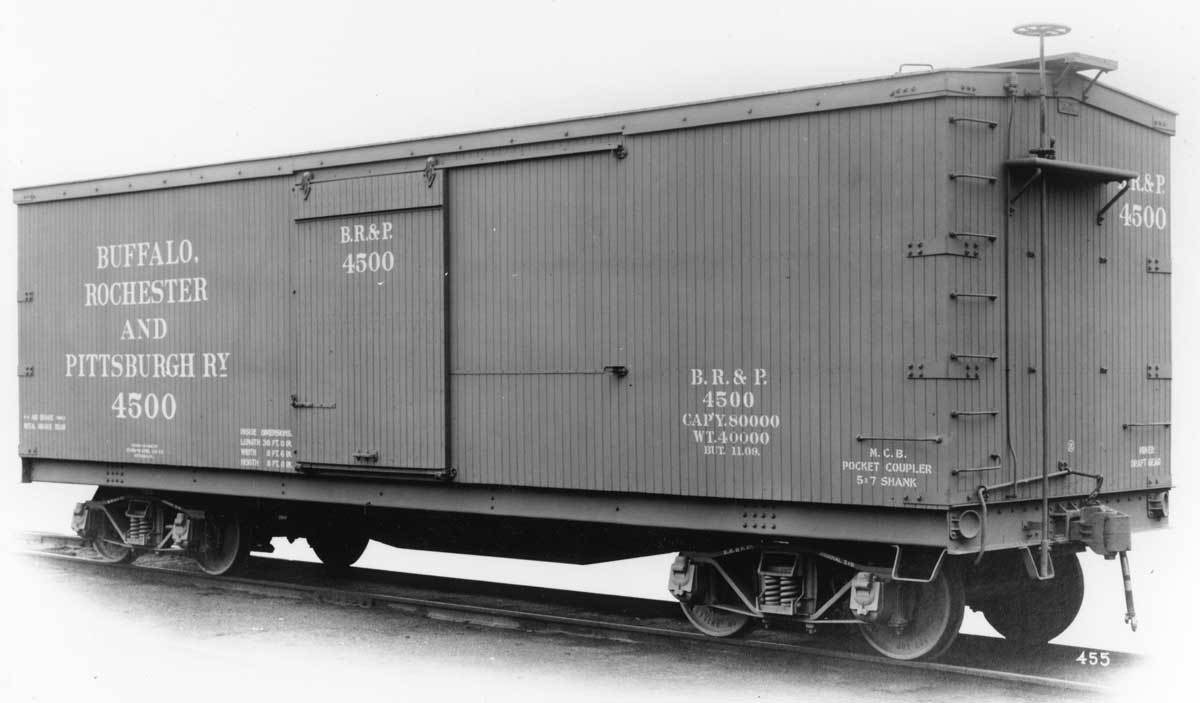Specific Item Information:
Road Numbers: 1314 and 1315 (NSC 06-120 and 06-121)
Gadsden-Pacific Division Toy Train Operating Museum
The cars commemorates the 25th Anniversary of the Gadsden-Pacific Division. Each year's fund raising car(s) produced for the Museum commemorates an Arizona mining, railroad or related industry.
Road Numbers: 1314 and 1315 (NSC 06-120 and 06-121)
Gadsden-Pacific Division Toy Train Operating Museum
The cars commemorates the 25th Anniversary of the Gadsden-Pacific Division. Each year's fund raising car(s) produced for the Museum commemorates an Arizona mining, railroad or related industry.
Prototype History: Double sheathed all-wood boxcars in 34', 36' or 40' length were built with trussrods into the 1900's. By about 1910-15 cars often were being built of wood but with steel underframes. BTW many early boxcars were only about 8-1/2' high, though taller 10' cars were beginning to be built by the WW1 era (like the USRA wood boxcar) but that didn't become the norm until the late 1930's.
Later in the 20's-30's, some cars were built with double or single sheathed woodsides but steel underframe, roof and ends. In the later 30's into the 40's some older cars built with wood except for the steel underframes were rebuilt with steel ends and roofs. Some of these cars with steel roof and ends (either new or rebuilt) lasted into the 1960's.
During WW2, steel was in short supply, so some new boxcars were built with steel roof and ends, but wood sides. These too sometimes lasted into the "diesel era", although many were rebuilt with steel sides after the war.
Later in the 20's-30's, some cars were built with double or single sheathed woodsides but steel underframe, roof and ends. In the later 30's into the 40's some older cars built with wood except for the steel underframes were rebuilt with steel ends and roofs. Some of these cars with steel roof and ends (either new or rebuilt) lasted into the 1960's.
During WW2, steel was in short supply, so some new boxcars were built with steel roof and ends, but wood sides. These too sometimes lasted into the "diesel era", although many were rebuilt with steel sides after the war.
Road Name History: The Apache Powder Co. was incorporated on June 11, 1920, by a conglomerate of mining companies in the Southwest as a means of decreasing the excessive market price of explosives. The company became the largest single plant for the manufacture of dynamite in the United States.
Located near St. David, the company was heavily involved in supplying explosives to the mining industry.
The extensive operation grew to 140 buildings on more than 700 acres, employing several hundred people and making it one of the largest employers in Southern Arizona. Hilly terrain allowed for a natural separation of operations in explosives manufacture. The dry climate also aided in the production of high-grade powder.
The company was renamed Apache Nitrogen Products Inc. in 1990, reflecting its emphasis on the nation’s mining and agricultural needs.
The extensive operation grew to 140 buildings on more than 700 acres, employing several hundred people and making it one of the largest employers in Southern Arizona. Hilly terrain allowed for a natural separation of operations in explosives manufacture. The dry climate also aided in the production of high-grade powder.
The company was renamed Apache Nitrogen Products Inc. in 1990, reflecting its emphasis on the nation’s mining and agricultural needs.
Brand/Importer Information: Micro-Trains is the brand name used by both Kadee Quality Products and Micro-Trains Line. For a history of the relationship between the brand and the two companies, please consult our Micro-Trains Collector's Guide.
Manufacturer Information:  Micro-Trains Line split off from Kadee Quality Products in 1990. Kadee Quality Products originally got involved in N-Scale by producing a scaled-down version of their successful HO Magne-Matic knuckle coupler system. This coupler was superior to the ubiquitous 'Rapido' style coupler due to two primary factors: superior realistic appearance and the ability to automatically uncouple when stopped over a magnet embedded in a section of track. The success of these couplers in N-Scale quickly translated to the production of trucks, wheels and in 1972 a release of ready-to-run box cars.
Micro-Trains Line split off from Kadee Quality Products in 1990. Kadee Quality Products originally got involved in N-Scale by producing a scaled-down version of their successful HO Magne-Matic knuckle coupler system. This coupler was superior to the ubiquitous 'Rapido' style coupler due to two primary factors: superior realistic appearance and the ability to automatically uncouple when stopped over a magnet embedded in a section of track. The success of these couplers in N-Scale quickly translated to the production of trucks, wheels and in 1972 a release of ready-to-run box cars.
Micro-Trains Line Co. split off from Kadee in 1990 to form a completely independent company. For this reason, products from this company can appear with labels from both enterprises. Due to the nature of production idiosyncrasies and various random factors, the rolling stock from Micro-Trains can have all sorts of interesting variations in both their packaging as well as the products themselves. When acquiring an MTL product it is very important to understand these important production variations that can greatly enhance (or decrease) the value of your purchase.
Please consult our Micro-Trains Collector's Guide

Micro-Trains Line Co. split off from Kadee in 1990 to form a completely independent company. For this reason, products from this company can appear with labels from both enterprises. Due to the nature of production idiosyncrasies and various random factors, the rolling stock from Micro-Trains can have all sorts of interesting variations in both their packaging as well as the products themselves. When acquiring an MTL product it is very important to understand these important production variations that can greatly enhance (or decrease) the value of your purchase.
Please consult our Micro-Trains Collector's Guide
Item created by: gdm on 2018-10-05 09:25:42. Last edited by Powderman on 2023-03-24 13:37:45
If you see errors or missing data in this entry, please feel free to log in and edit it. Anyone with a Gmail account can log in instantly.
If you see errors or missing data in this entry, please feel free to log in and edit it. Anyone with a Gmail account can log in instantly.


